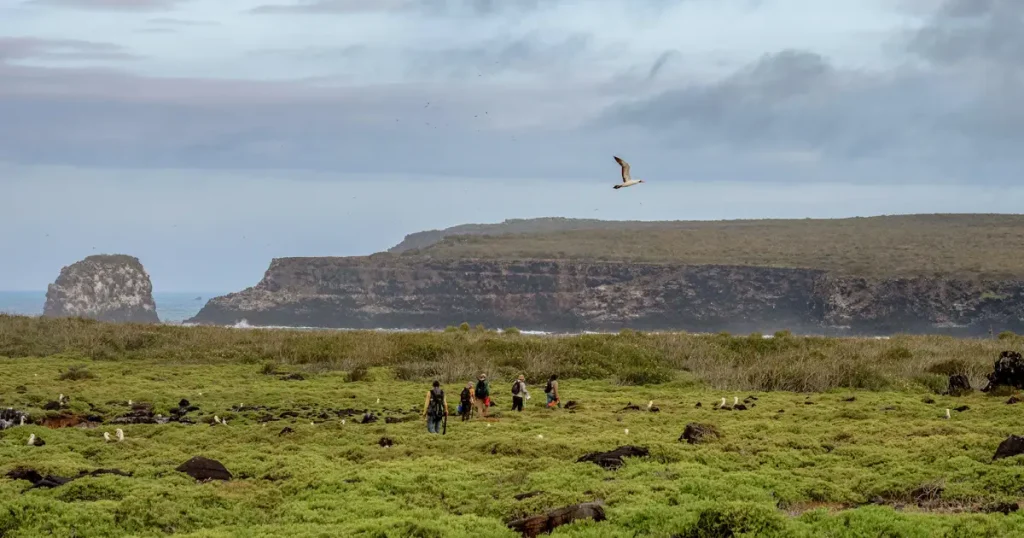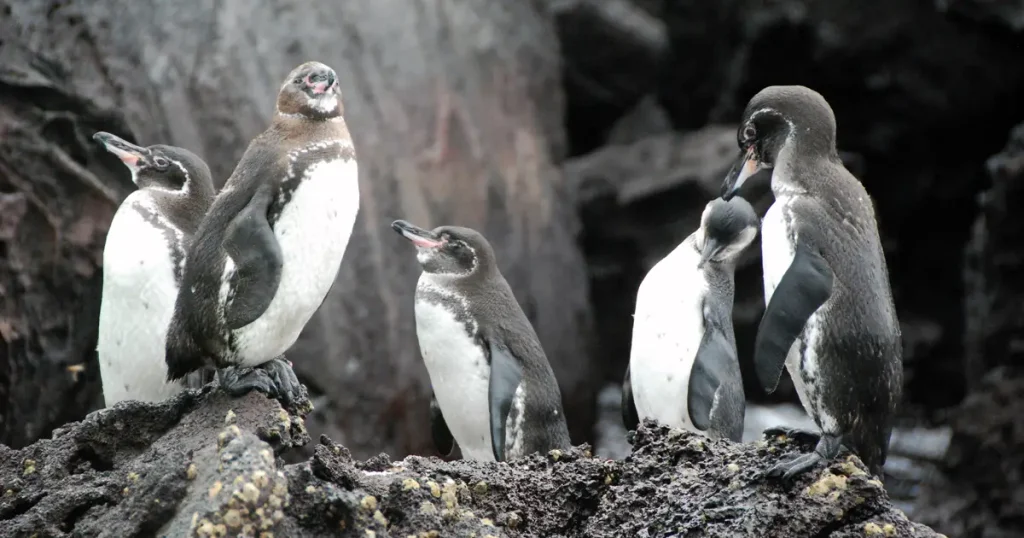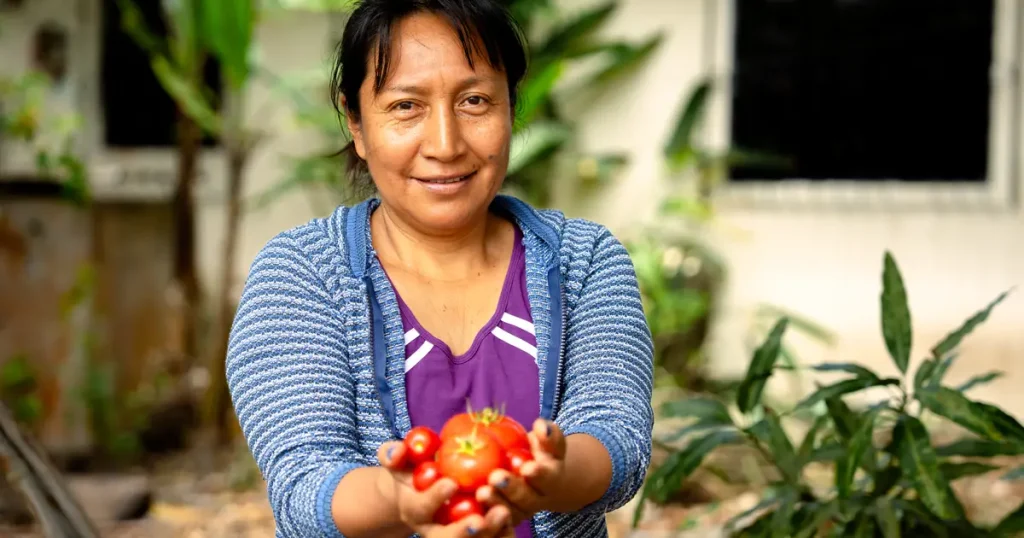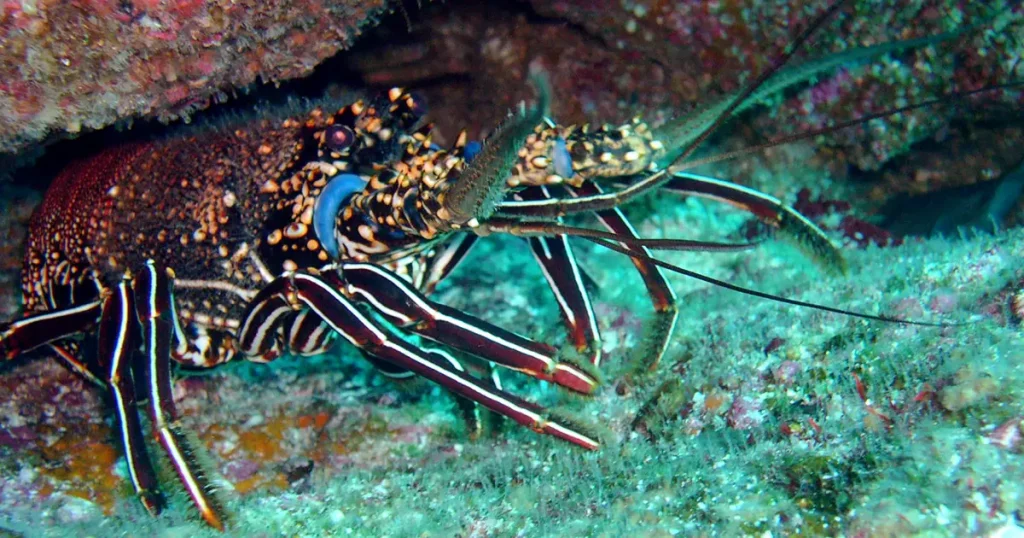The Galápagos Petrel and Its Relentless Enemies
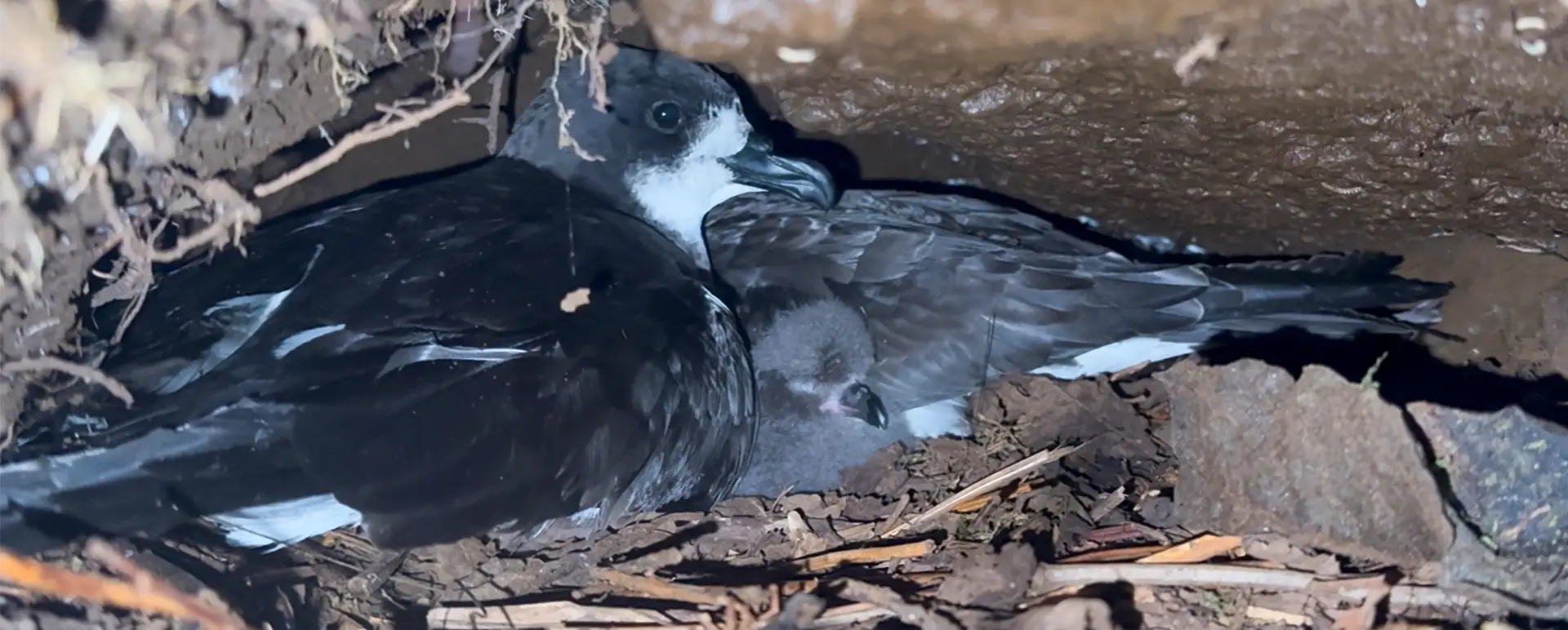
The Galápagos petrel is on the brink. This elusive seabird, once protected by its remote nesting habits, now faces a dire threat: invasive species are destroying its habitat and preying on its young. In response, a dedicated team of conservationists employs scientific rigor, precision, and perseverance to give the petrel a real chance to survive in its native home.
The petrel doesn’t call or cry. It moves silently across volcanic slopes, relying on an ancient survival strategy: nesting unseen underground. For millennia, this method proved effective. Today, however, this defense has become a deadly trap. Its burrows are now overrun by fire ants. Entrances once used for nesting are now blocked by dense thickets of invasive blackberry. And eggs, once carefully hidden, are devoured in minutes by black rats.
Against these enemies, the petrel has no way to defend itself.
A Sanctuary Under Siege
Invasive species don’t follow the natural rhythms of the ecosystem. They proliferate rapidly, swiftly supplant native flora and fauna, and throw the balance off entirely.
Consider the Asian blackberry. Brought to the islands in the 1960s for agricultural use, it now grows aggressively, forming impenetrable walls of vegetation up to four meters high. These thickets not only block the petrel’s access to nesting sites, they also prevent native plants from thriving. Its fruits, irresistible to birds, tortoises, and iguanas, help the plant spread island-wide—enlisting local wildlife as accidental allies.
Then there are the fire ants. Tiny but lethal, they invade burrows in massive numbers. They have been observed blinding tortoise hatchlings, displacing native insects, and rendering the soil uninhabitable for nesting birds. Their attack is silent; by the time they are noticed, it is often too late.
Finally, the black rats. Adaptable and insatiable, a single rat can consume several eggs in one night. They sniff out nests with terrifying precision and have been linked to local extinctions of endemic rodents. The petrel is no match.
As Doménica Pineda, field coordinator for Galápagos Conservancy, explains: “This is not merely a matter of interspecies competition. We’re witnessing the collapse of an entire natural system—one the petrel can no longer rely on.”
Holding the Line
During the 2025 nesting season, Galápagos Conservancy and the Galápagos National Park monitored 340 petrel burrows. Of these, 297 showed recent activity—a hopeful sign, but a fragile one. One unprotected nest, one unchecked hillside, and a year’s work can be undone in a single night.
Thus, the response must be constant and focused. On Santiago Island, the team placed 166 bait stations to control rats, intervened at 950 active fire ant colonies, and cleared 15 hectares overrun with blackberry. Every meter of recovered habitat represents a step closer to restoring a home that should never have been lost.

Technology helps guide this effort. Drones fly over known colonies to identify critical areas. In a landscape this sensitive, guesswork is not an option. Every move must be measured, efficient, and respectful of the ecosystem. Restoring this land is what gives the petrel a future.

The Unyielding Advance
Invasive species do not relent. They don’t wait. Every day without action is a day they gain ground. A hillside left unchecked becomes an impenetrable tangle of invasive plants. An unprotected nest is lost. A missed season of monitoring can erase years of progress. Their weapon is consistency. Ours must be, as well.
The petrel wants to return. To its burrow. To its story. It wants to dig without encountering an army of ants; to incubate without fearing the next attack; to take flight without being turned back by a wall of thorns.
But it can’t do it alone. If we falter, the threats advance.
This work cannot pause. Indeed, it must grow.
To Restore Is to Resist
Every bait station placed, every nest cleared, every egg that hatches in peace—each is a victory. This isn’t just about saving a bird. It’s about pushing back against the collapse of one of Earth’s rarest ecosystems.
As Jorge Carrión, Director of Conservation at Galápagos Conservancy, puts it: “The petrel doesn’t sound an alarm. But the silence left behind tells us everything. If we don’t act, it will vanish. Every burrow we reopen, every threat we remove, is a quiet but critical win.”
Park ranger Estalin Jiménez witnesses the results firsthand: “When we clear a hillside and see signs of the petrel returning, we know it is working. We are not just removing threats. We are bringing back possibilities.”
The Time to Act Is Now
Saving the petrel transcends the preservation of a single species. It is about restoring an irreplaceable part of the Galápagos. It is about making sure the islands don’t lose one of their oldest inhabitants in silence.
And above all, it is proof that with sustained focus and determination, nature can indeed recover.
Share:
